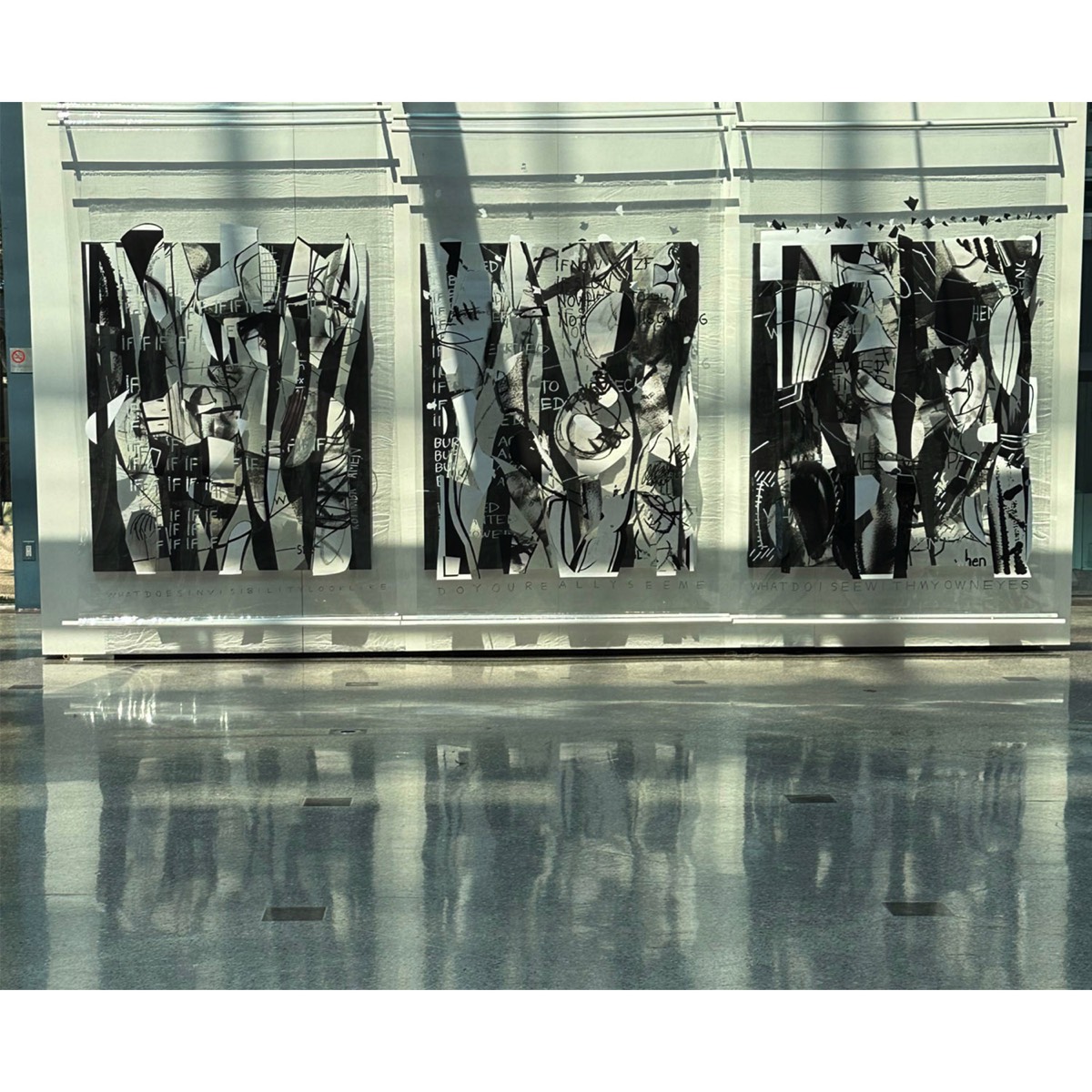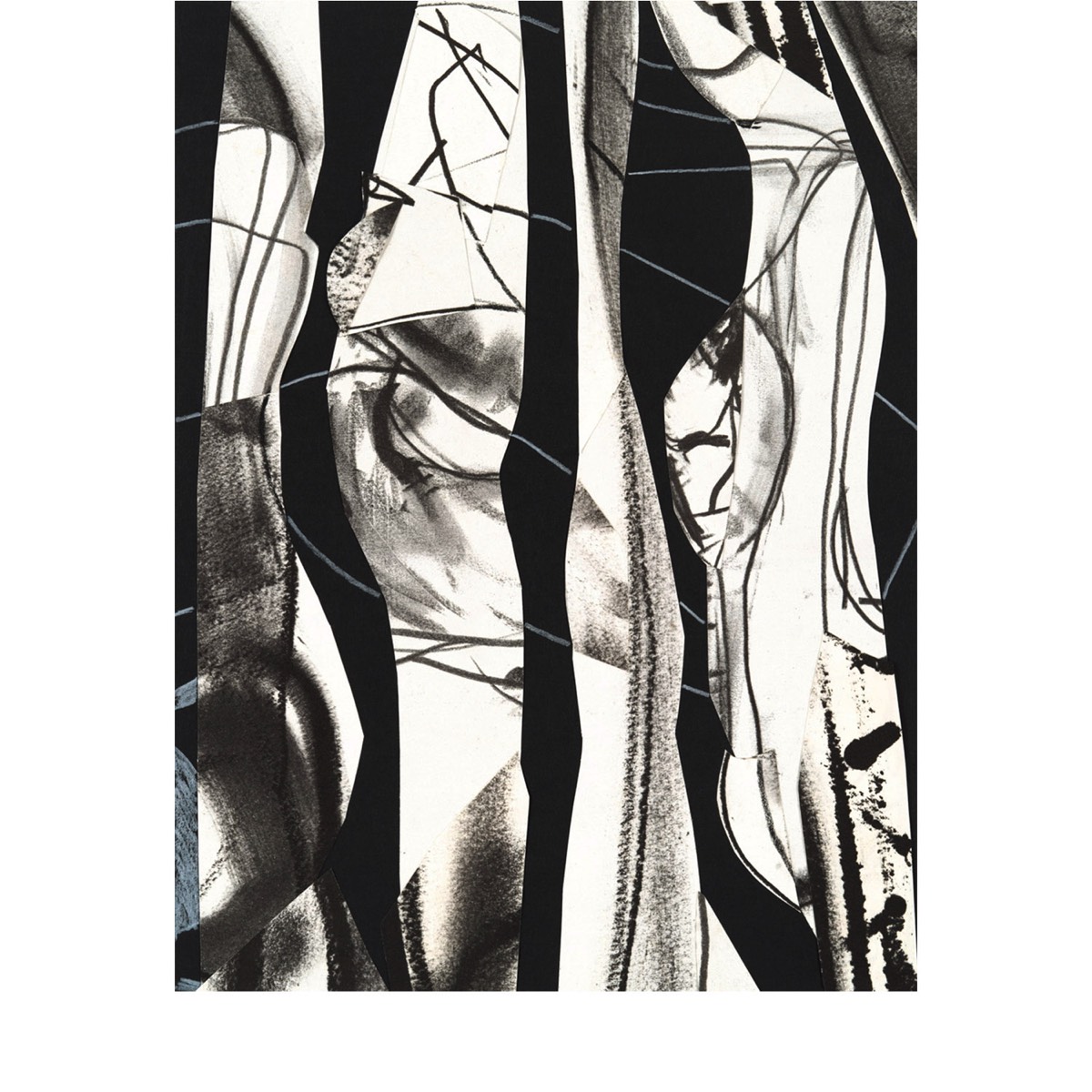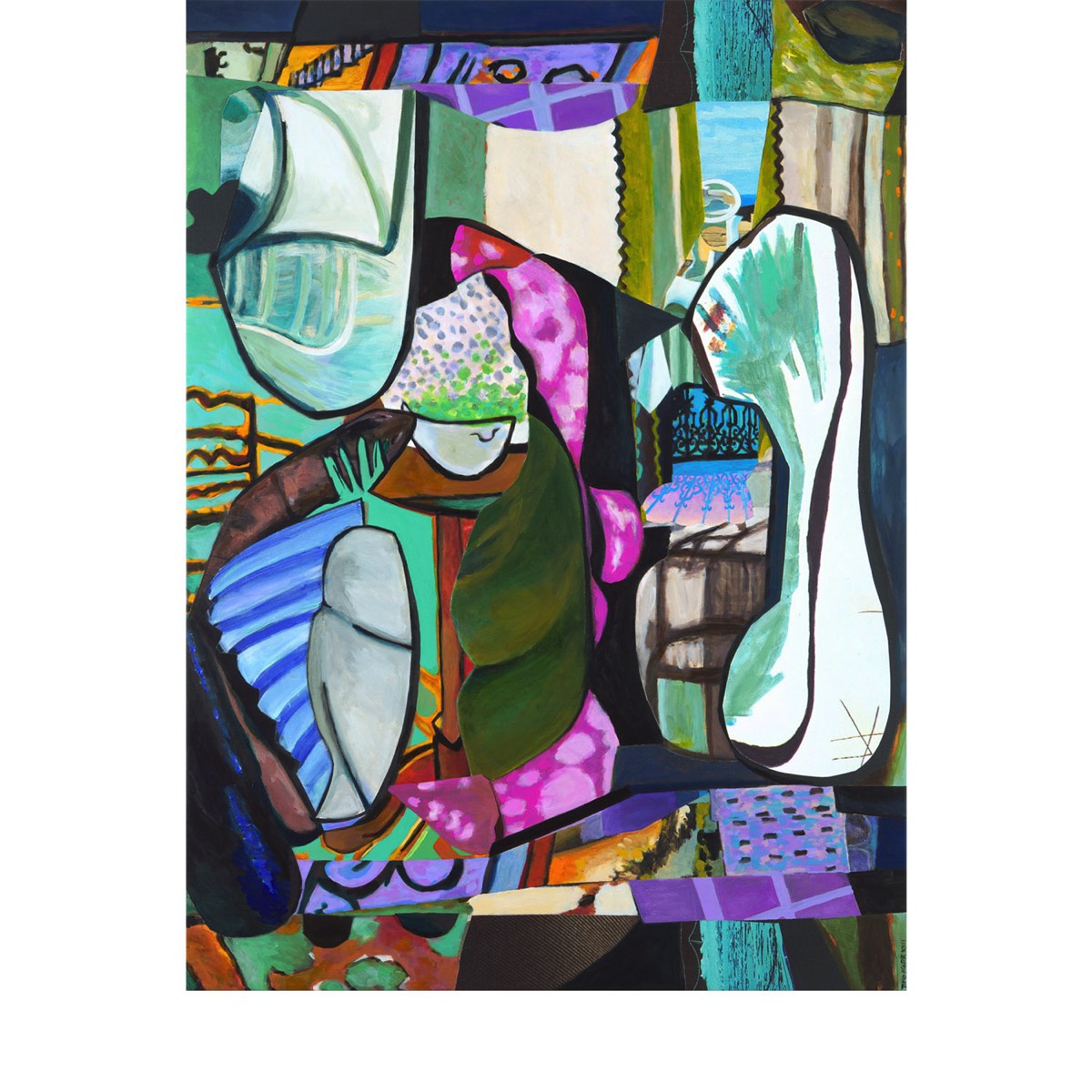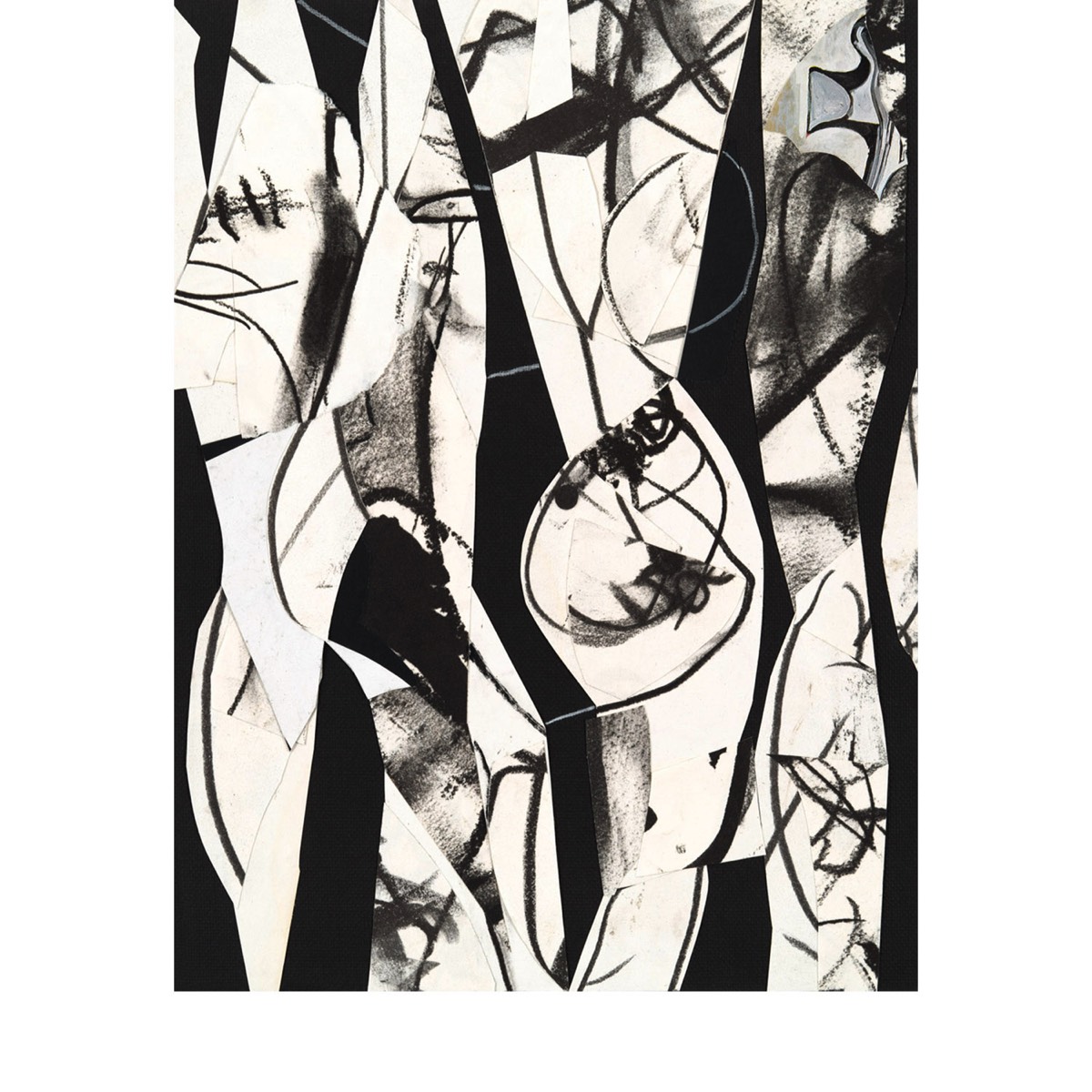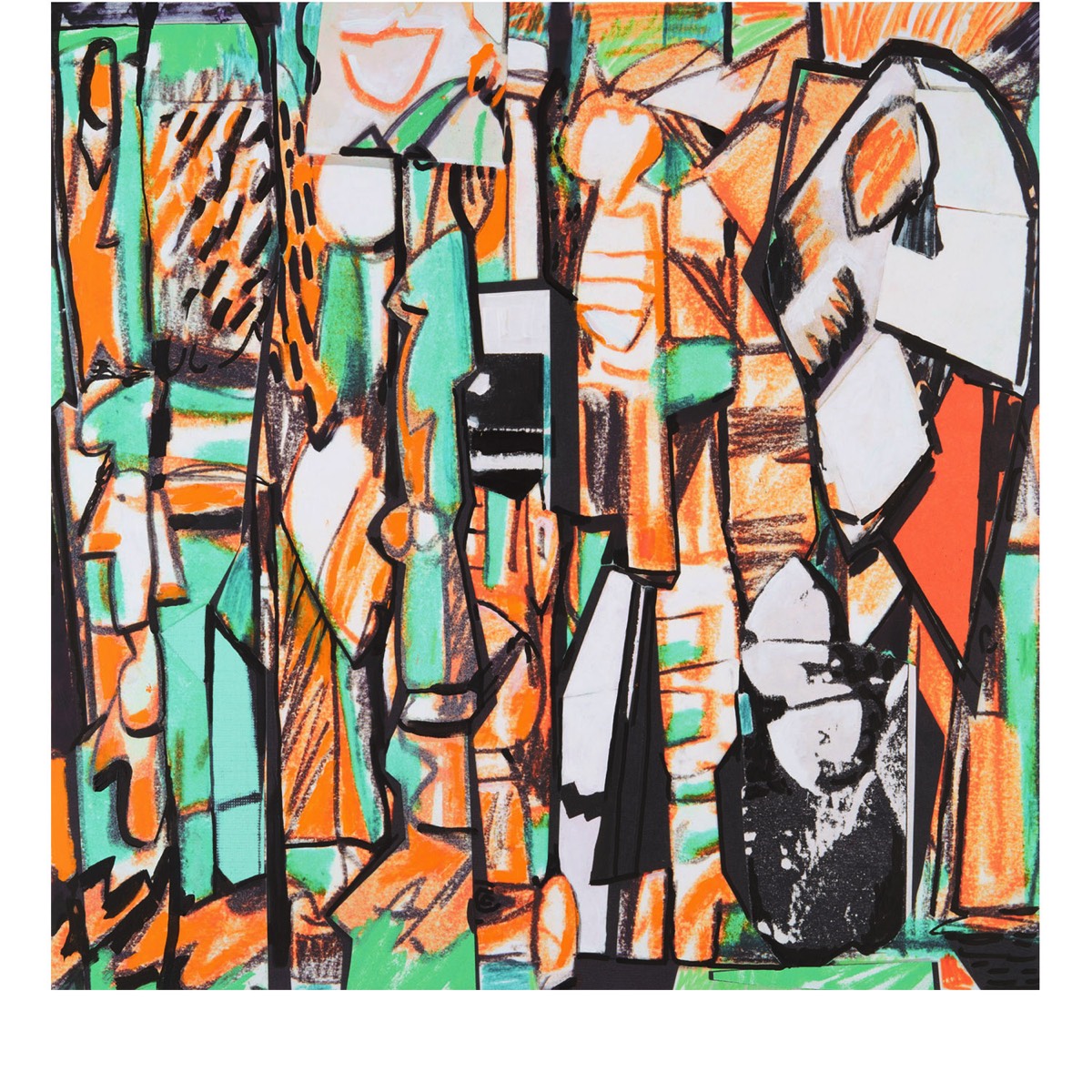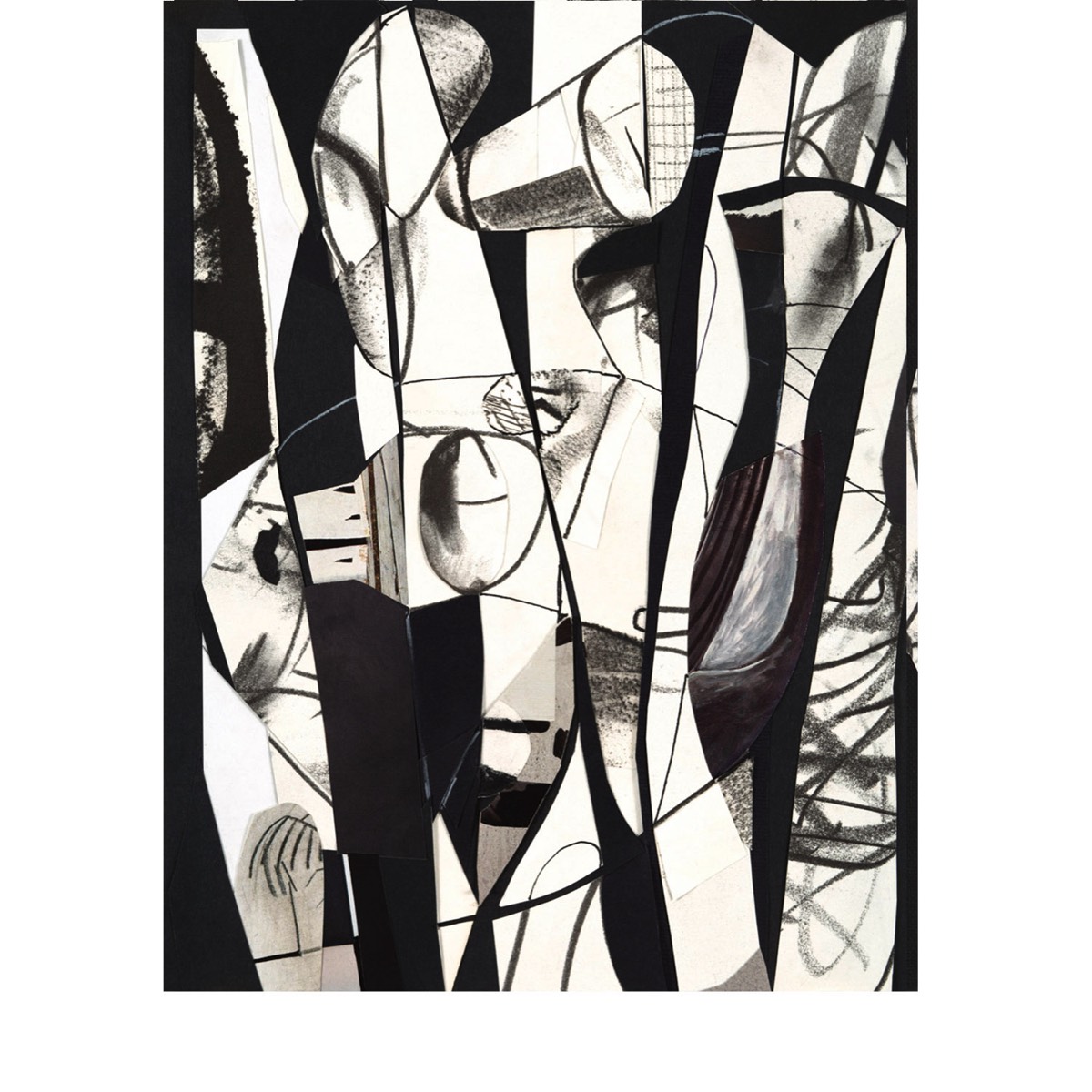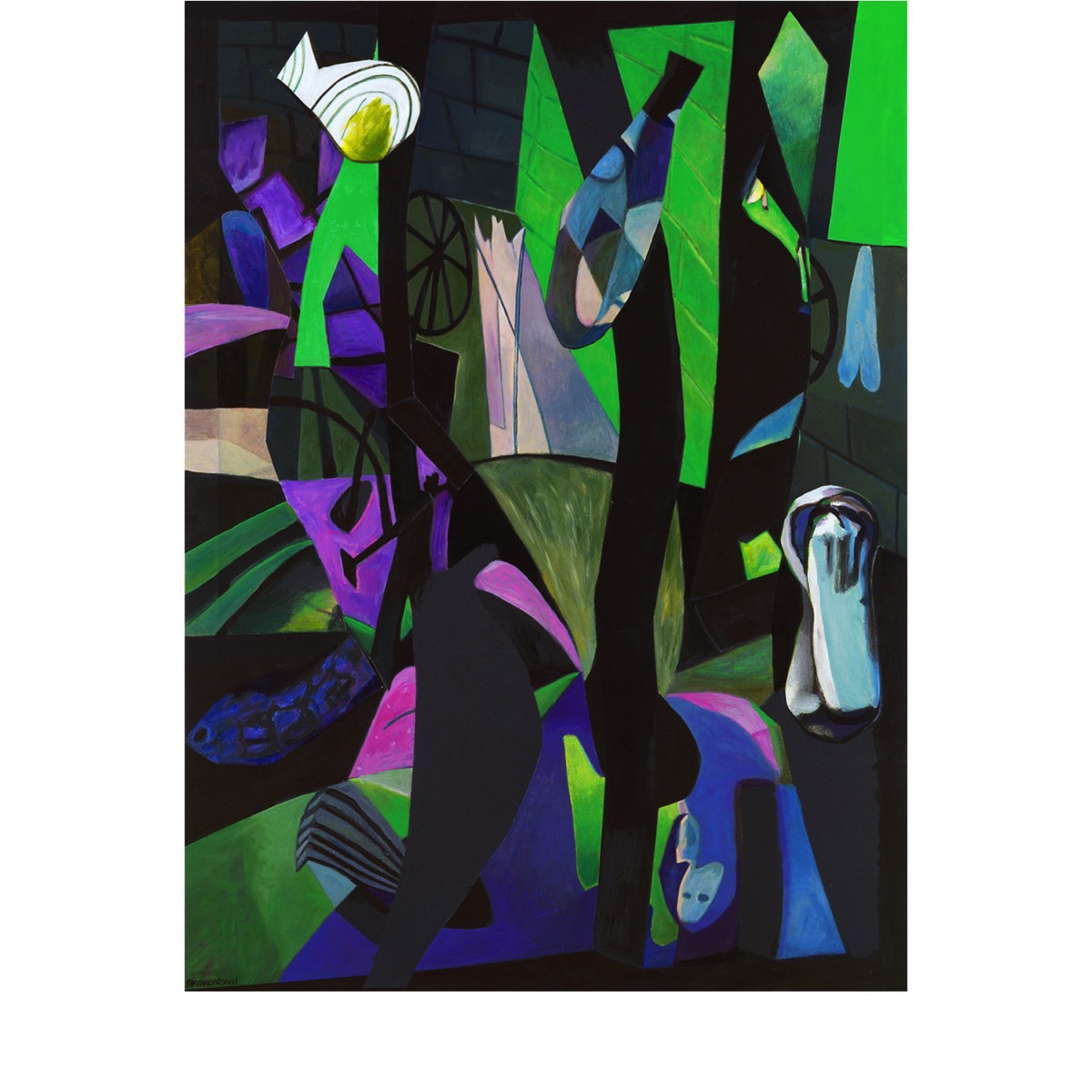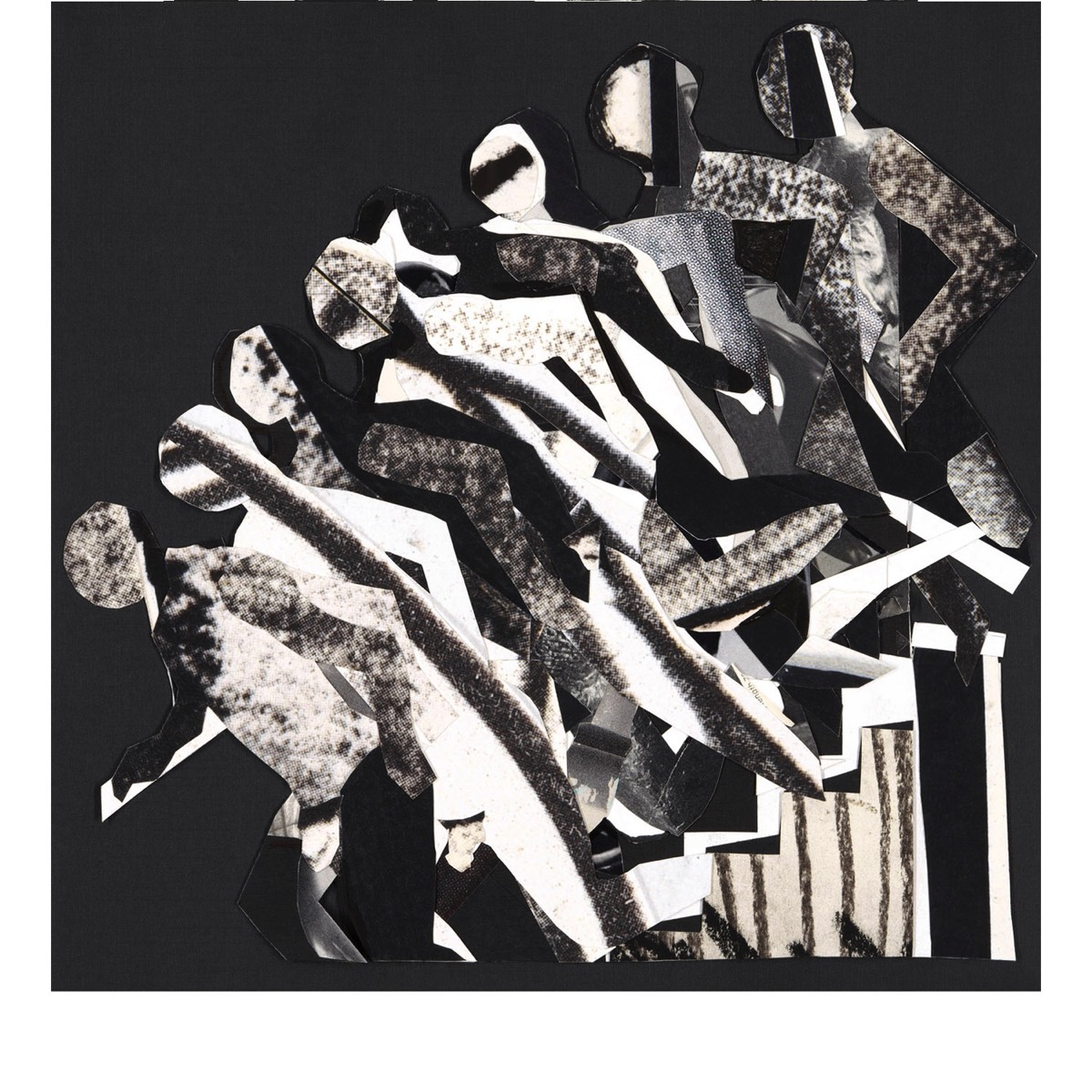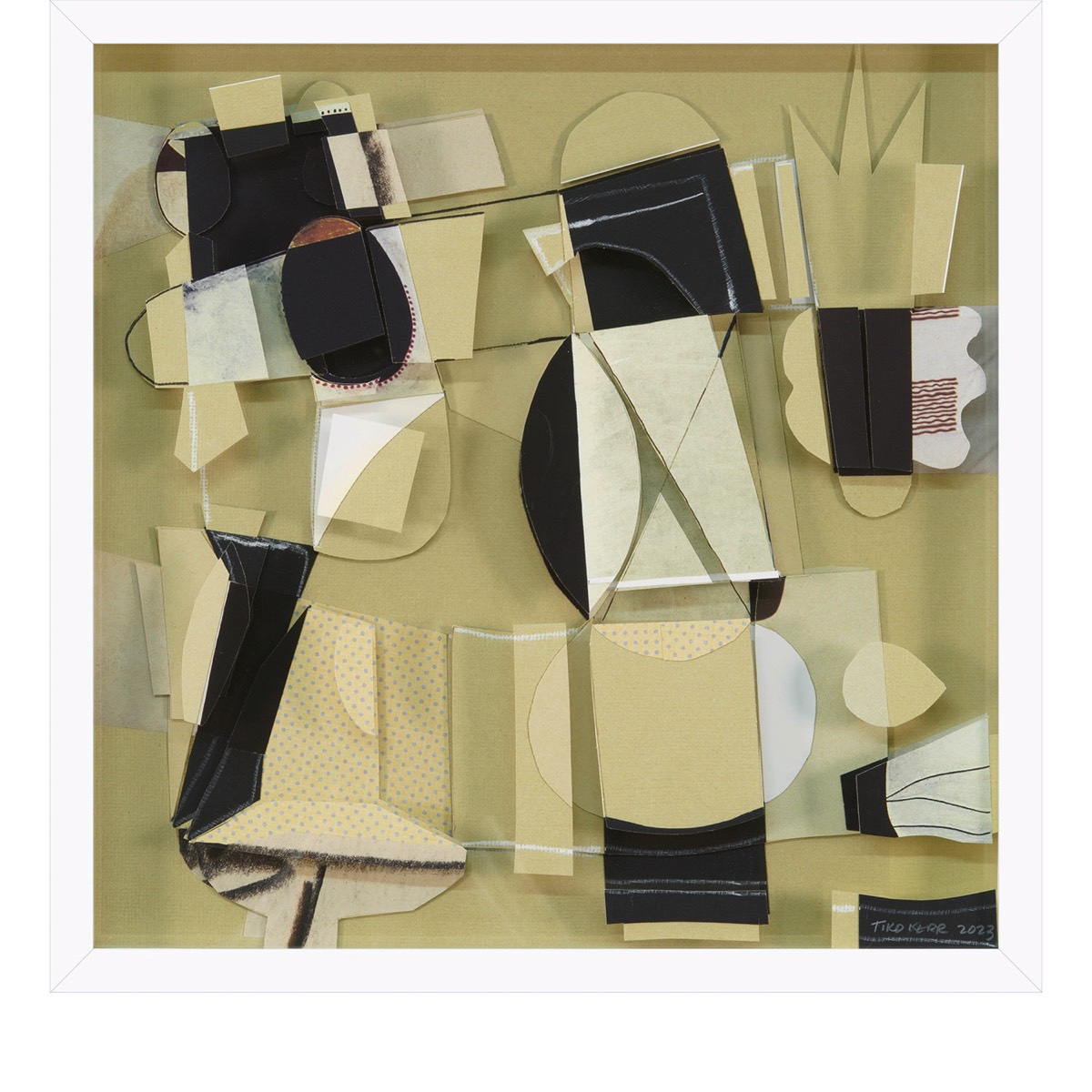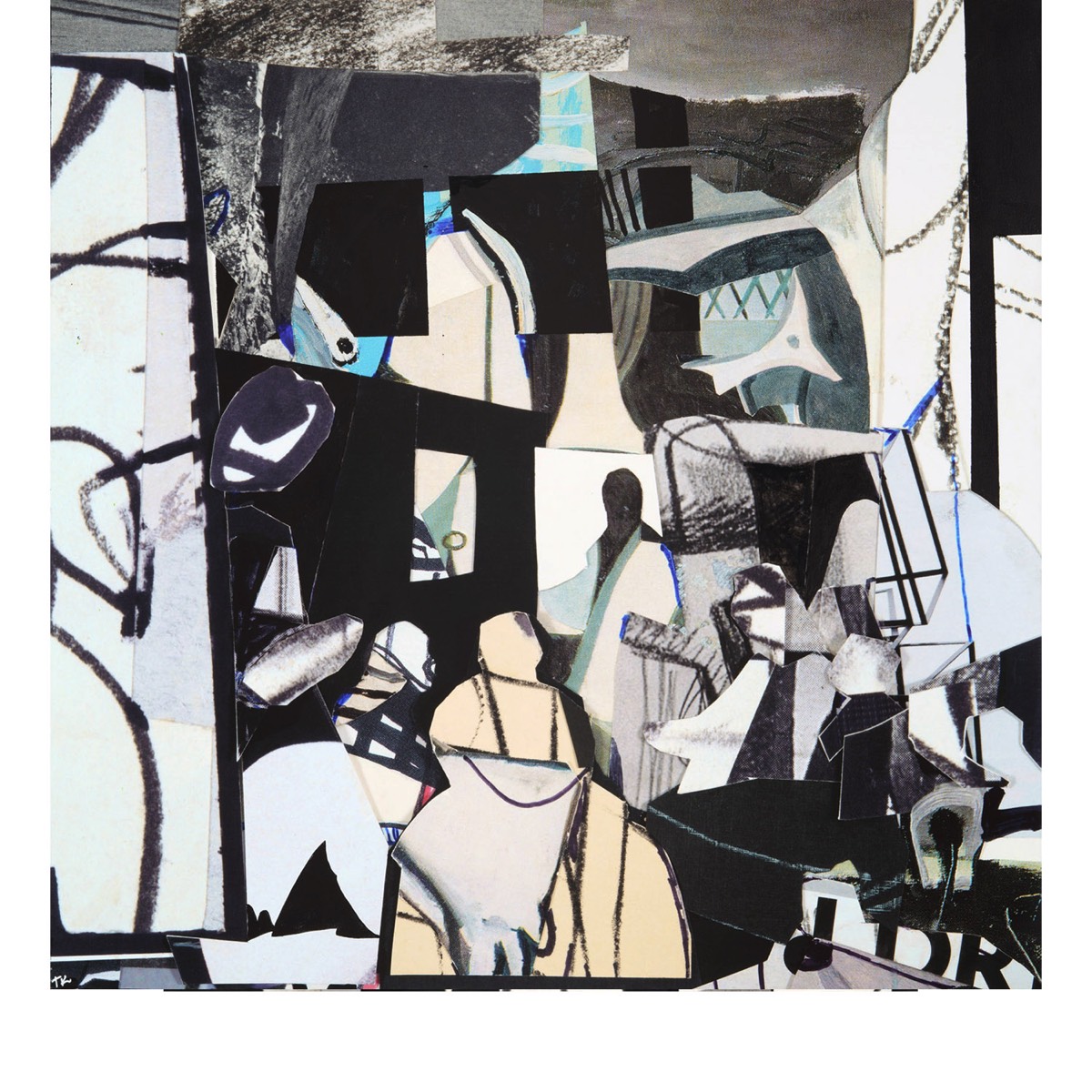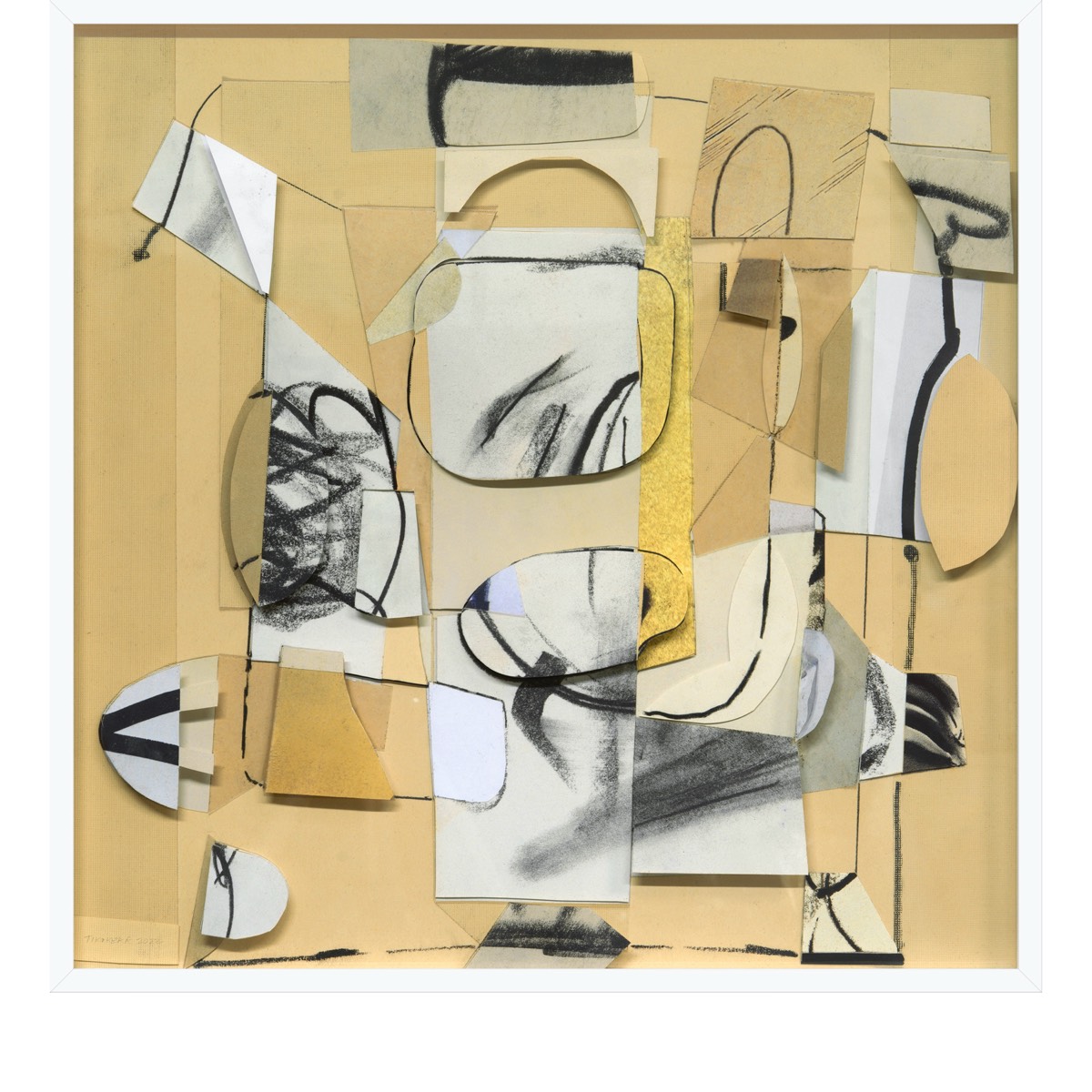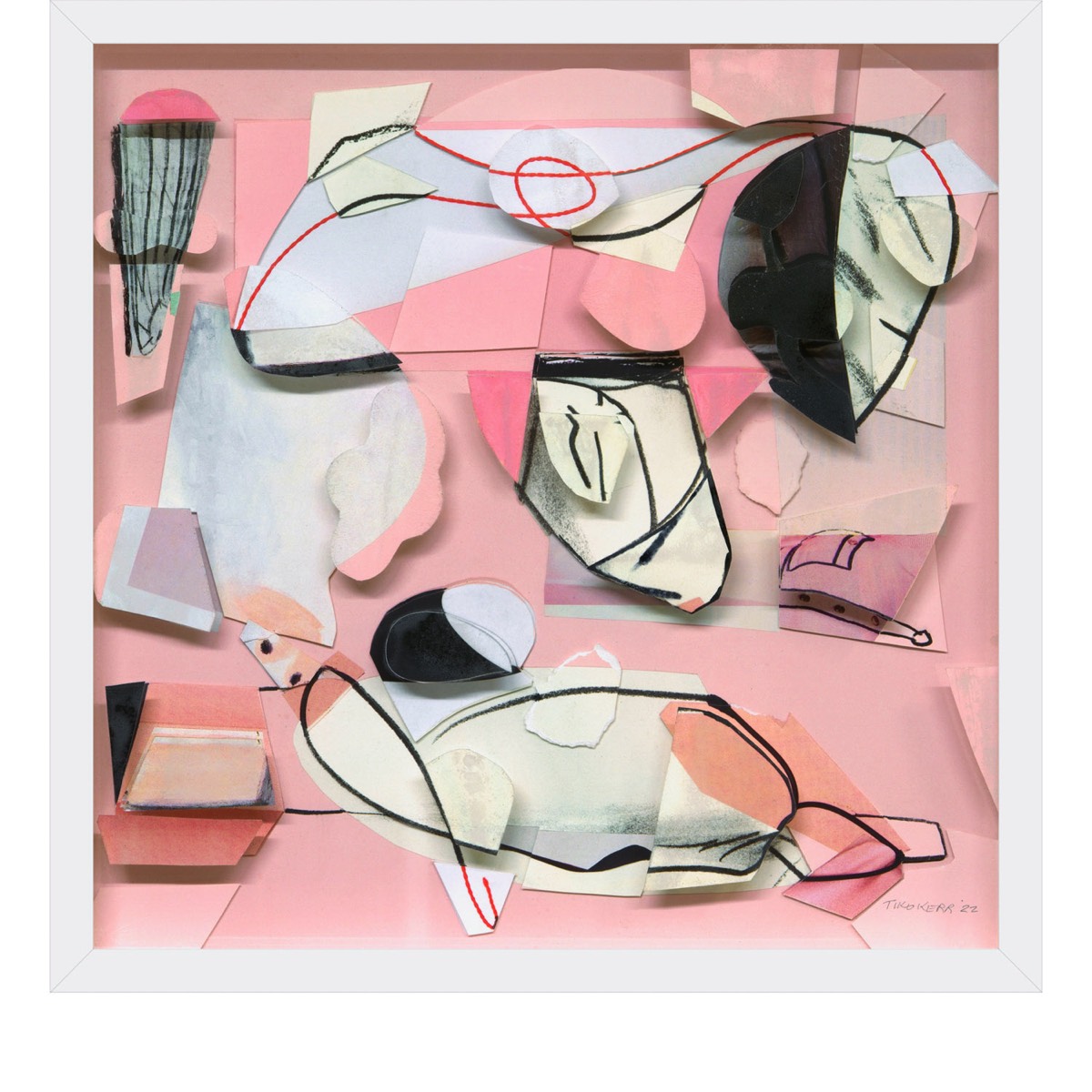TIKO KERR
Tiko Kerr – "if becomes when" Exhibition, September 2023, Pendulum Gallery, Vancouver, BC
if becomes when”, an original poem, a relief wall sculpture in triptych, as well as a collaged 8 foot tall standing column is the result of an ongoing collaborative process between Otoniya J. Okot Bitek, a black diasporic poet from Uganda and myself, a gay male visual artist and collagist. The profound overlap of our world views with regard to themes of visibility, invisibility, hyper-visibility, transparency, identity and marginality enabled the creation of this multi-layered wall and floor installation which combines the my graphic and collaged elements with poetry fragments from Okot Bitek’s poem “if becomes when” within the same works. The installation was designed to be activated by shifting sunlight and air movement in the Pendulum Gallery
if becomes when
Poem by Otoniya J. Okot Bitek
if wizened
if slow
if nowhere to go
if no one else is calling
if dizzied
if beaten
if slandered
if propertied
if fly
if joy
if loved
if planted
if growed
we flower when
we flow when
ourself when
ourself
still here
